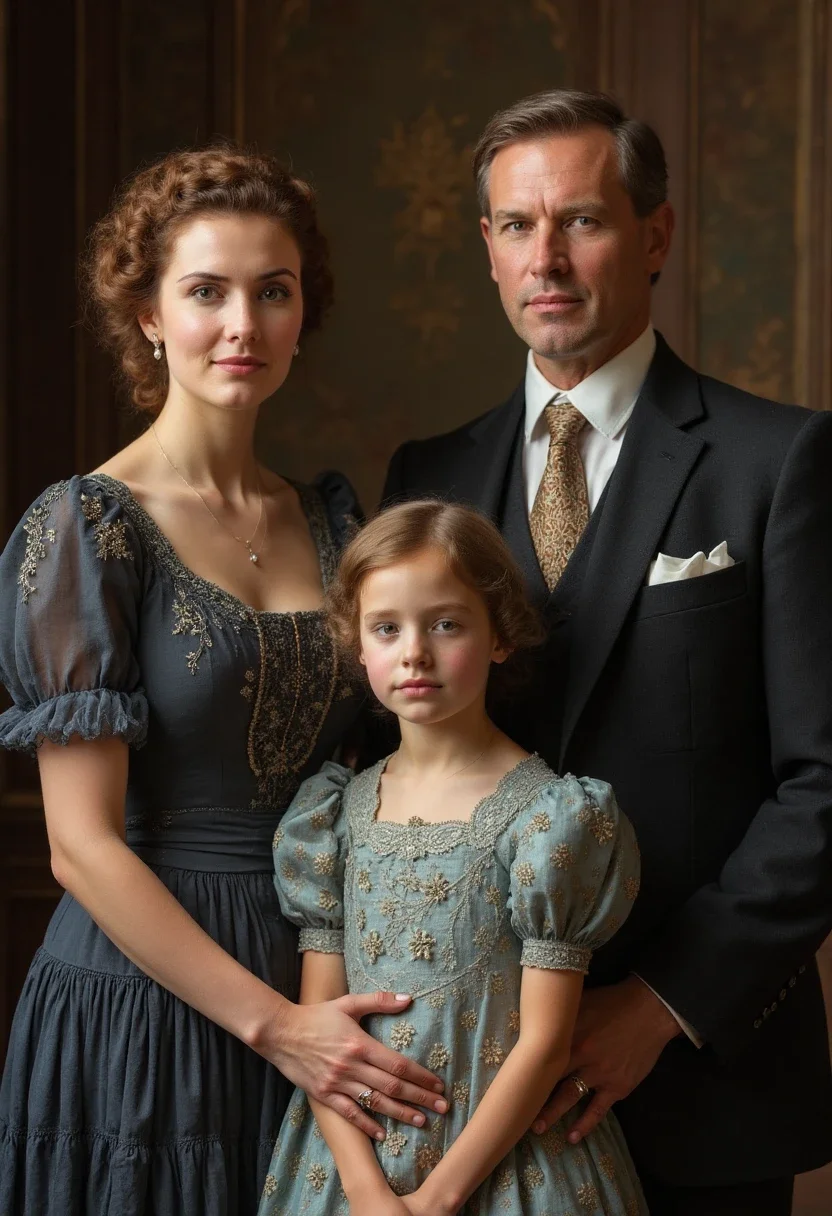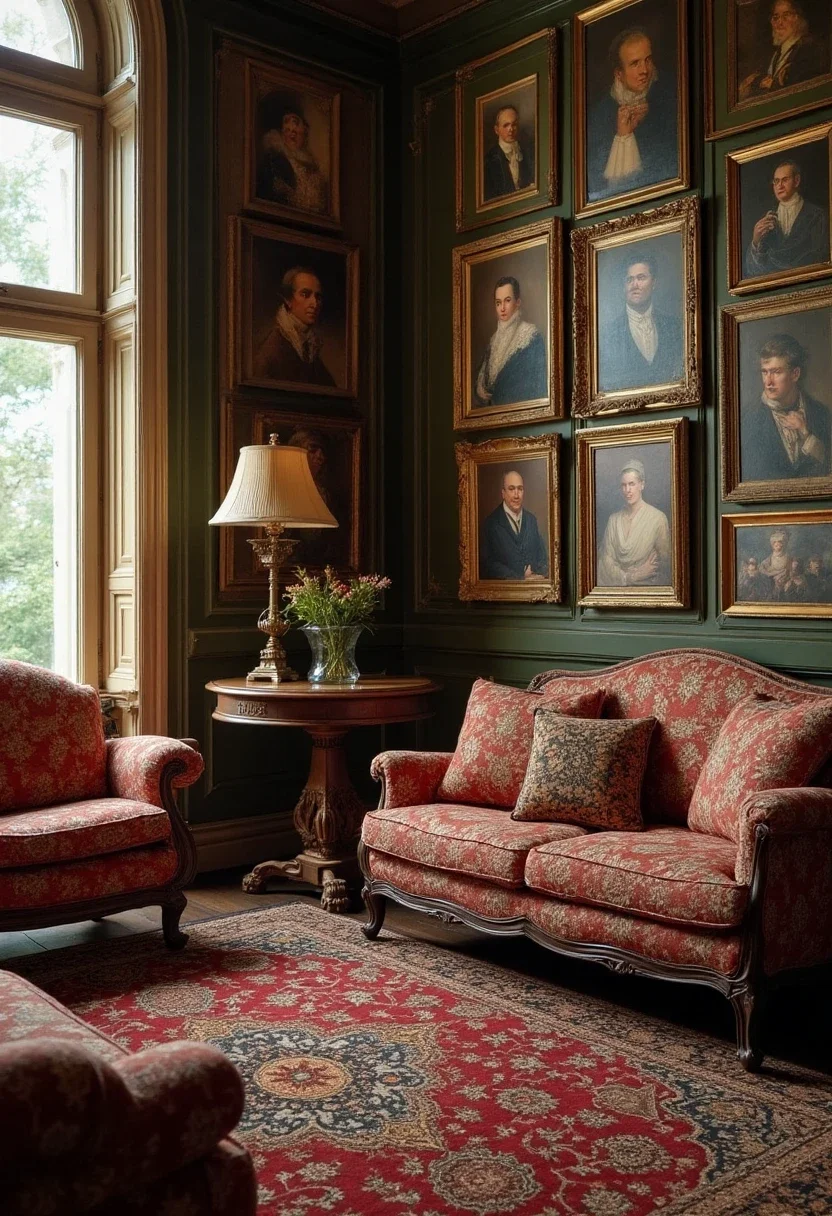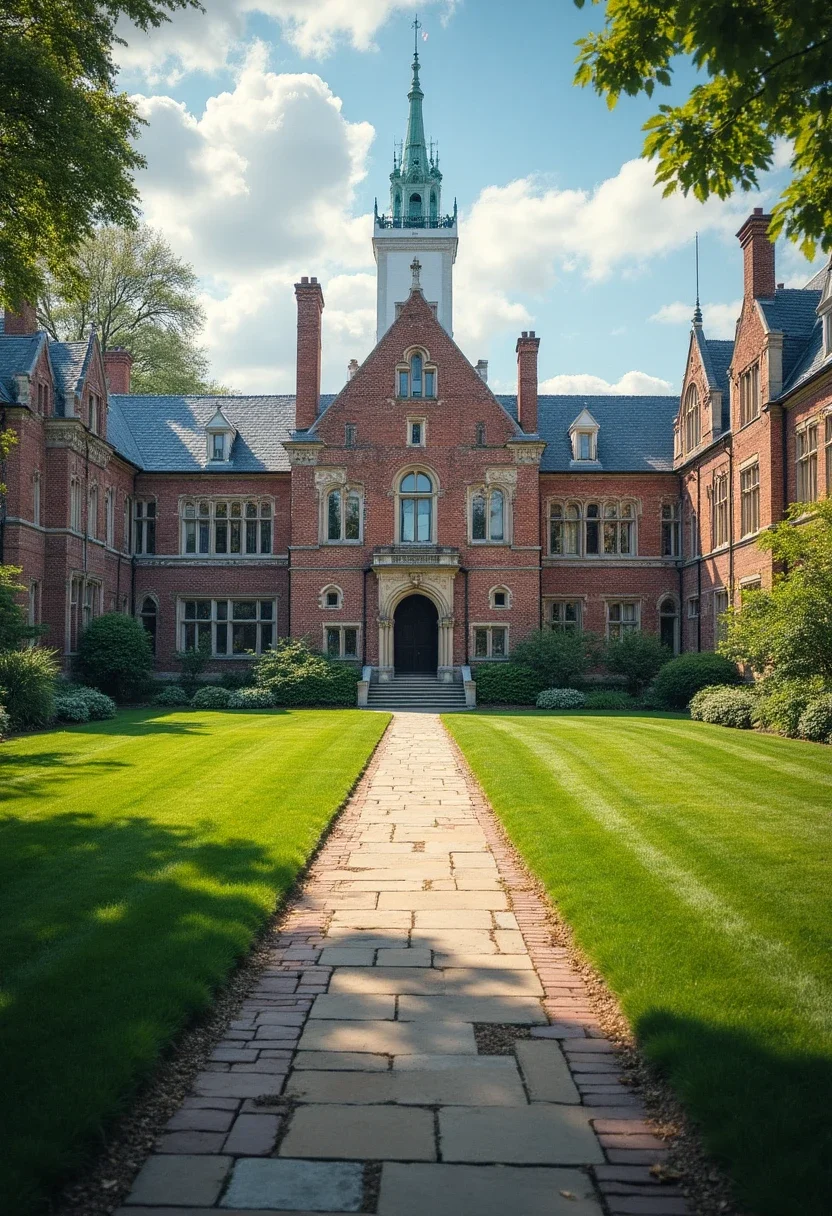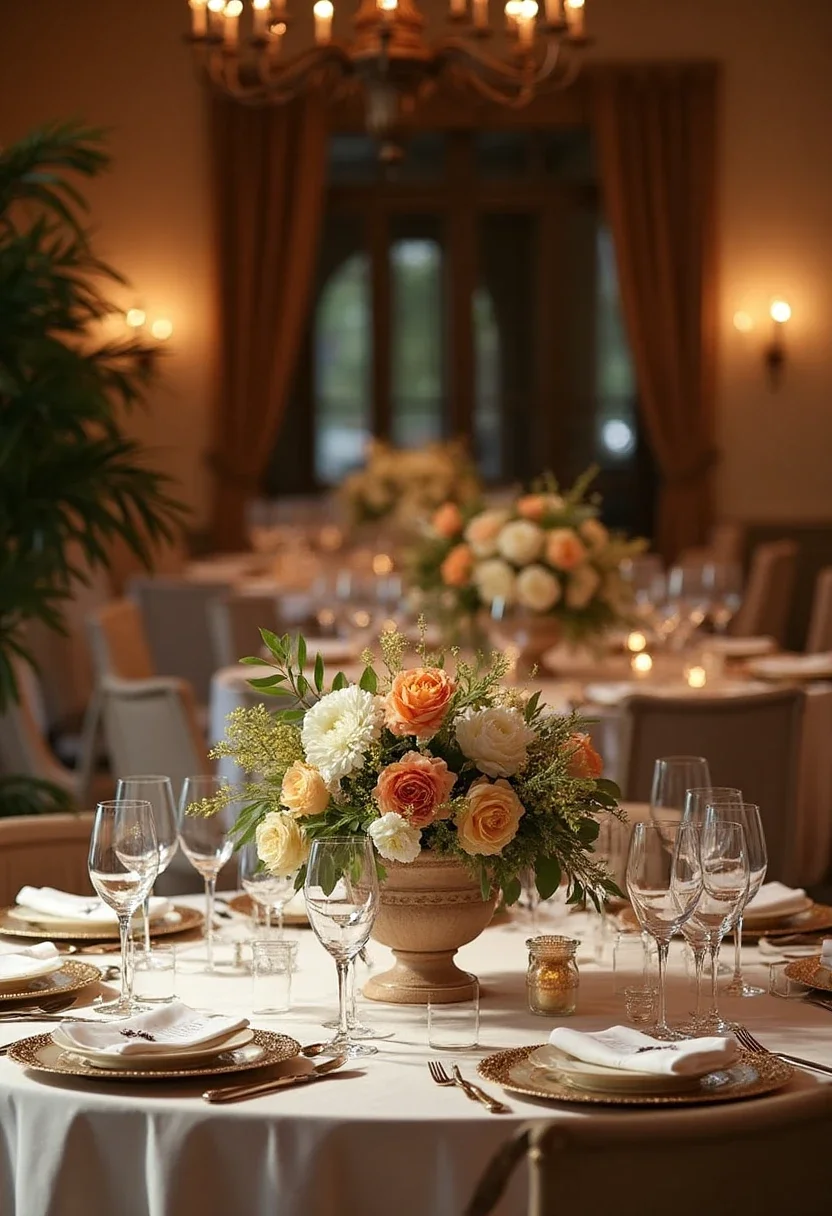10 Timeless Insights into the World of Old Money
The term ‘old money’ often conjures images of grand estates, refined elegance, and a deep-seated sense of tradition. This fascinating world, rooted in generational wealth and understated luxury, offers many lessons for those seeking to understand the nuances of financial longevity and cultural influence. In this article, we explore ten key aspects that define old money, from its historical roots to its impact on modern society. Whether you’re curious about the lifestyle, the values, or the subtle power of old money, this comprehensive guide will provide you with valuable insights.
1. Defining Old Money

Old money refers to families or individuals who have maintained wealth over several generations, often characterized by a long-standing history of financial stability and cultural influence. Unlike new money, which is earned within a single generation, old money typically emphasizes discretion, tradition, and legacy. The concept is not only about financial wealth but also encompasses social status, education, and a particular lifestyle that prioritizes elegance over ostentation.
2. Historical Roots

The origins of old money can be traced back to European aristocracy, where titles and land ownership were passed down through generations. In the United States, old money is often associated with families who amassed wealth during the Industrial Revolution, such as the Rockefellers and Vanderbilts. This historical context has shaped the values and social dynamics of old money families, who often prioritize preserving their wealth and legacy for future generations.
3. Family Legacy and Heritage

Family legacy is a cornerstone of old money, where heritage and ancestry are celebrated and maintained. These families often possess extensive genealogical records, heirlooms, and traditions that are passed down through the years. This emphasis on heritage instills a sense of identity and responsibility in younger generations, encouraging them to uphold the family’s reputation and values.
4. The Role of Education

Education plays a critical role in the world of old money. Prestigious institutions, such as Ivy League universities, are often the alma maters of choice, providing not only academic excellence but also important social connections. These educational backgrounds are seen as essential for maintaining the family’s status and influence, ensuring that each generation is well-equipped to manage their inheritance wisely.
5. Lifestyle and Etiquette

The lifestyle of old money is characterized by subtlety and sophistication. Unlike the flashy displays often associated with new money, old money values understated elegance and timeless style. This extends to social etiquette, where manners and decorum are emphasized. From hosting formal dinners to attending charity balls, old money families maintain traditions that reflect their refined upbringing.
6. Financial Management

Prudent financial management is a hallmark of old money. These families often employ conservative investment strategies, focusing on preserving wealth rather than taking risks. Trusts and family offices are common structures used to manage assets and ensure financial security across generations. This cautious approach to finance helps prevent the dissipation of wealth, allowing families to maintain their status and lifestyle indefinitely.
7. Philanthropy and Social Responsibility

Philanthropy is a significant aspect of old money, with many families involved in charitable endeavors. This commitment to giving back is often driven by a sense of social responsibility and a desire to leave a positive legacy. Donations to educational institutions, cultural organizations, and humanitarian causes are common, reflecting the values of stewardship and community involvement that define old money.
8. Influence on Fashion and Culture

Old money has long influenced fashion and culture, setting trends that emphasize quality and timelessness. From bespoke tailoring to classic jewelry, the style associated with old money is often imitated but rarely matched. This influence extends to cultural institutions, where old money patrons have historically supported the arts, shaping the cultural landscape through their taste and financial backing.
9. Modern Perceptions

In contemporary society, the concept of old money is often romanticized, depicted as a world of grace and privilege. However, it is also subject to scrutiny and criticism, particularly in discussions about wealth inequality and social mobility. Despite this, the allure of old money persists, representing both the stability of tradition and the exclusivity of elite circles.
10. Lessons for the Present

There are valuable lessons to be learned from the old money ethos, particularly in terms of financial prudence and the importance of legacy. The emphasis on education, philanthropy, and understated elegance can serve as a guide for those aspiring to build lasting wealth and influence. By understanding the principles that have sustained old money families for generations, individuals can apply these insights to their own lives, fostering a culture of responsibility and refinement.
Old money remains a captivating subject, offering a glimpse into a world that marries wealth with tradition. While the allure of this lifestyle may seem out of reach for many, the principles that underpin it can inspire a more thoughtful approach to wealth and legacy. By embracing values such as education, philanthropy, and prudent financial management, one can cultivate a life of substance and significance, embodying the timeless qualities that define old money.






